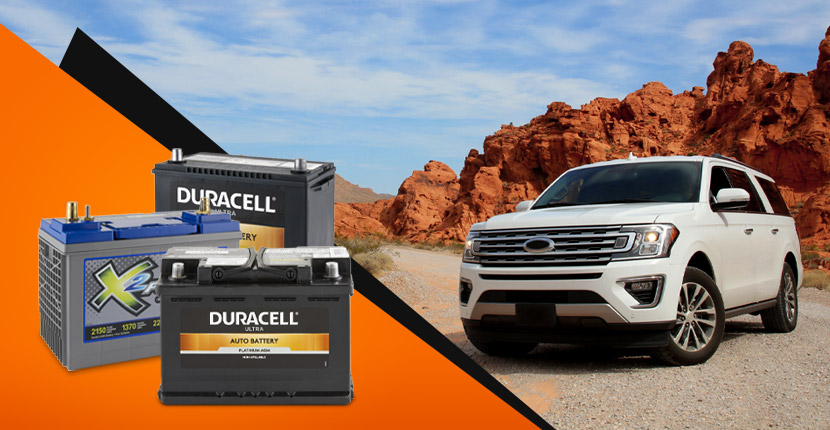Flooded vs. AGM: What is the Best Battery for Your Car or Truck?
- by Bryan Veldboom - updated on 8/14/2020

Batteries perform a number of important functions in your car, from providing the energy needed to start your engine, to powering clocks and computer systems when your vehicle is idle. The type of battery under your hood can have a pretty big impact on your car's performance. Today we'll take a look at the crucial differences between flooded and AGM batteries, including the advantages and disadvantages of both.
Flooded Batteries
Standard flooded lead acid batteries are the most common batteries found in cars and trucks. They are cheaper than AGM batteries, making them the preferred choice for a large percentage of drivers.
The interior of a 12-volt lead acid battery is divided into six different cells. In each cell, positive and negatively charged plates are stacked in an alternating pattern with a plastic separator placed between them. Each of the plates is then immersed in an electrolyte solution which creates a path for electricity to flow.
One thing to note, the flooded batteries used in your car are starting batteries, which are very different from those used in deep cycle operations. Starting batteries are designed to provide short, powerful bursts of power needed to turn over engines; they are not designed for the deep cycle operations required in a boat or to power additional conveniences in an RV. If you require a flooded deep cycle battery, you can shop by application here.
AGM Batteries
AGM batteries (short for Absorbed Glass Mat) are constructed slightly differently than their flooded counterparts. The plate separator within an AGM battery is made of fiberglass, which helps to hold the electrolyte in place. This enables you to mount them in a variety of different positions (don't turn them upside down though) without fear of spilling, which can happen in flooded batteries. AGM batteries also have a lower internal resistance, giving them a higher voltage output and a dramatically shorter charging time.
AGM batteries also have a number of other advantages over flooded types. For starters, they have longer life cycles and stand up much better to vibrations and impact. They are also more resistant to extreme temperatures, making them ideal for regions with high heat or intense cold. The greatest disadvantage of AGM batteries is price, with AGM batteries costing more than flooded batteries.
One thing to note, if your car's original battery was an AGM type, you have to continue using AGM batteries going forward, as your car will not accept being "downgraded" to a flooded battery.
Gel Batteries
Another type of battery you might encounter are gel batteries, which use silica to turn the electrolyte inside them into a gel substance. Gel batteries are rarely used in cars. They have lower amperages, are less tolerant of high heat and have long charging cycles which need to be monitored to avoid damage to the battery. Unless your vehicle specifically calls for a gel battery, there is little reason to use them in your car or truck.
As you can see there are significant differences between different types of car batteries. If you re experiencing problems with the battery in your car or truck, stop into your local Batteries Plus Bulbs location and we'll test it for free. If you do end up needing a replacement, we have flooded and AGM options available from trusted brands like Duracell and X2Power.
Plus, Batteries Plus offers expert installation of your car or truck battery at any of our 700+ locations nationwide. Schedule your battery installation online today! Certain restrictions apply to some makes and models. Fees may vary from location to location or the difficulty of the installation. Please contact your local store for more information.